Scientists use cutting-edge techniques to study rare atomic systems called hypernuclei shedding light on subatomic forces and neutron stars.
Scientists have made an important discovery in the world of particle physics by exploring hypernuclei — rare, short-lived atomic systems that include mysterious particles known as hyperons. Unlike protons and neutrons composed of “up” and “down” quarks, which make up the nuclei of ordinary atoms, hyperons contain at least one “strange” quark. These unusual particles could help unravel mysteries not only about the interactions between subatomic particles but also about the extreme conditions inside neutron stars.
“It is extremely important to understand what happens when a nucleus becomes a hypernucleus, which means when one nucleon is replaced by a hyperon,” Jean-Marc Richard, a professor at the University of Lyon, who was not involved in the study, said in an email.
When hyperons are added to atomic nuclei, they form hypernuclei, which are fleetingly stable structures lasting less than a billionth of a second. These hypernuclei are typically created in high-energy experiments by smashing ordinary nuclei with particles like electrons, kaons, and pions, or are theorized to form in the interiors of neutron stars under immense pressure.
Studying hypernuclei
A team led by Ulf-G. Meißner from the Institute for Advanced Simulation in Jülich and the University of Bonn has made an exciting breakthrough by using a powerful tool, previously applied to study ordinary nuclei, to explore the mysterious world of hypernuclei. By including Λ-hyperons — one of the lightest types of these exotic particles — they’ve opened up new possibilities for studying hypernuclei and their interactions with an unprecedented level of precision.
At the core of this research lies a method known as nuclear lattice effective field theory, which simplifies the study of the forces binding atomic nuclei. Rather than working directly with quarks and gluons — the fundamental particles responsible for the strong nuclear force — this approach operates at the level of protons, neutrons, and hyperons.
By focusing on these composite particles, the theory reduces the complexity of calculations, though it sacrifices some precision in exchange for computational efficiency. This tradeoff allows researchers to investigate nuclear interactions in a more accessible and scalable way.
This technique involves arranging particles on a lattice, or grid, with extremely small spacings on the order of femtometers (one quadrillionth of a meter). This approach substitutes the infinite, continuous space of reality, where most computational challenges arise due to the limitless number of points where particle interactions or creations could occur.
These complexities make calculations in the full theory of strong interactions virtually impossible to manage. By simulating interactions within this discrete grid framework, researchers can compute key nuclear properties, such as the masses and sizes of atomic nuclei, while maintaining a balance between accuracy and feasibility.
While this approach has been highly effective for studying ordinary nuclei, extending it to include hyperons has been a long-standing challenge due to the added complexity of their interactions.
In a study published in The European Physical Journal A, the researchers employed their modified lattice model to examine how Λ-hyperons interact with protons and neutrons in hypernuclei. Their theoretical framework enabled them to calculate the forces between these particles that govern the hypernuclei structure, achieving agreement with experimental data within a margin of approximately 5%. This level of accuracy is impressive, considering the approximations involved in their calculations.
“Previous calculations were limited to nuclei with up to 13 constituents. This work extended the method to hypernuclei with up to 16 components,” noted Avraham Gal of the Hebrew University of Jerusalem, who was not involved in the research. “It’s a significant step forward in understanding hypernuclei.”
Hypernuclei in neutron stars
While the study represents a significant step forward, there’s still much work to be done. For instance, the team’s model did not account for the possibility of hypernuclei components exchanging pions — the lightest particles involved in strong interactions. Such pion exchanges could modify the internal forces within hypernuclei, potentially affecting theoretical predictions and introducing important corrections.
Another challenge lies in the scarcity of experimental data on hyperon interactions, which limits the refinement of current models. Expanding this dataset is crucial, and one avenue for progress is conducting accelerator experiments with even higher precision than those performed to date. Additionally, astrophysical observations of neutron stars offer an alternative path.
The extreme densities in neutron star cores could give rise to hyperons, and their presence would influence the star’s measurable properties, such as mass and radius. By using advanced X-ray telescopes or gravitational wave detectors, scientists can carry out precise measurements of these parameters.
Detecting deviations from current models could indirectly confirm the existence of hyperons and provide further insights into their role in neutron star interiors.
Reference: F. Hildenbrand, S. Elhatisari, Z. Ren, and U.-G. Meißner, Towards hypernuclei from nuclear lattice effective field theory, The European Physical Journal A (2024). DOI: 10.1140/epja/s10050-024-01427-y
Feature image credit: geralt on Pixabay

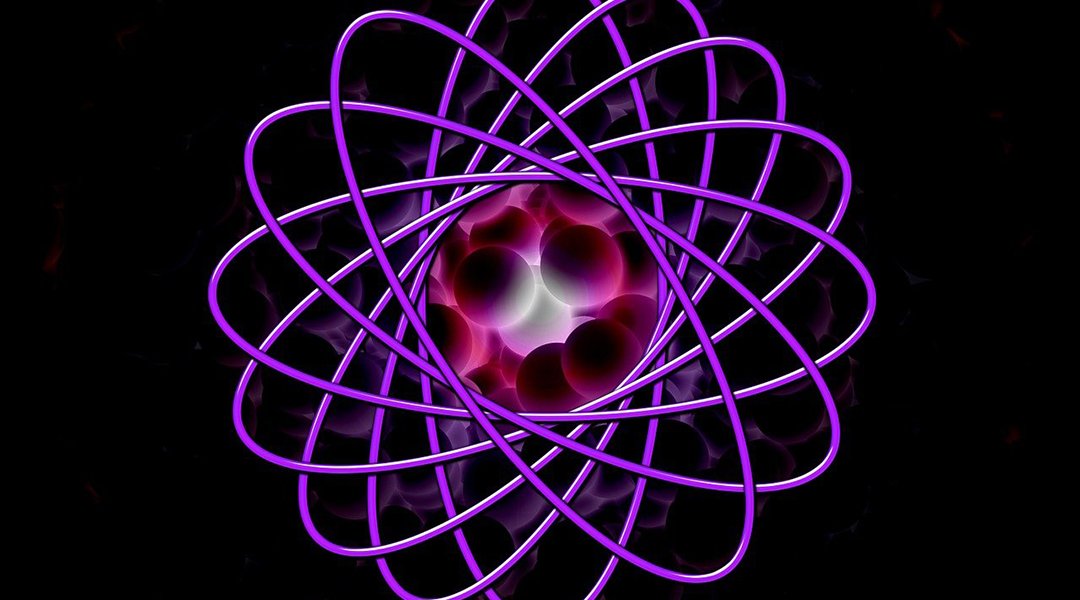
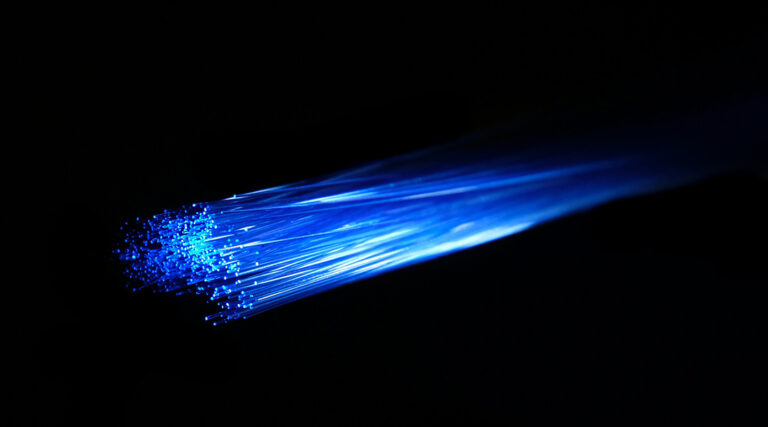
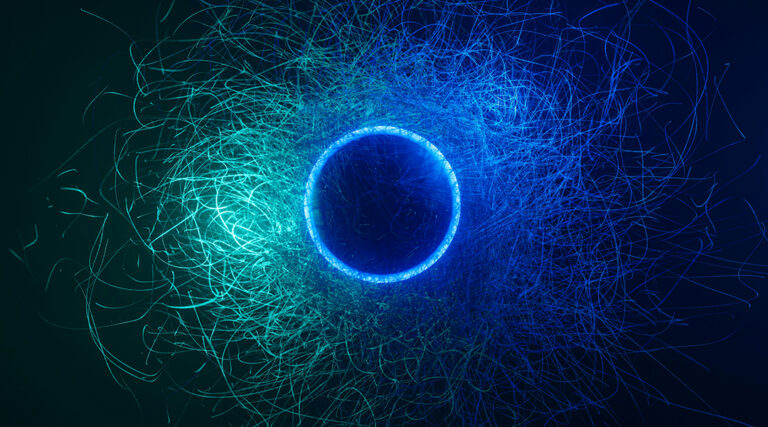


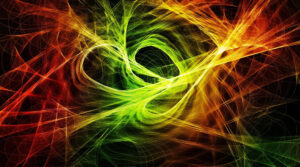
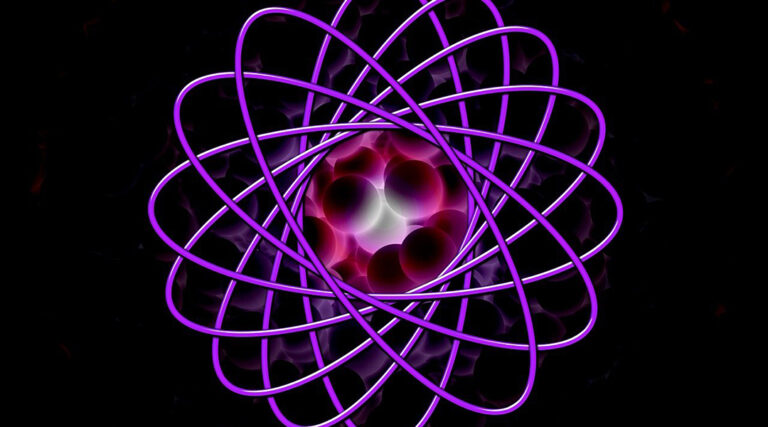
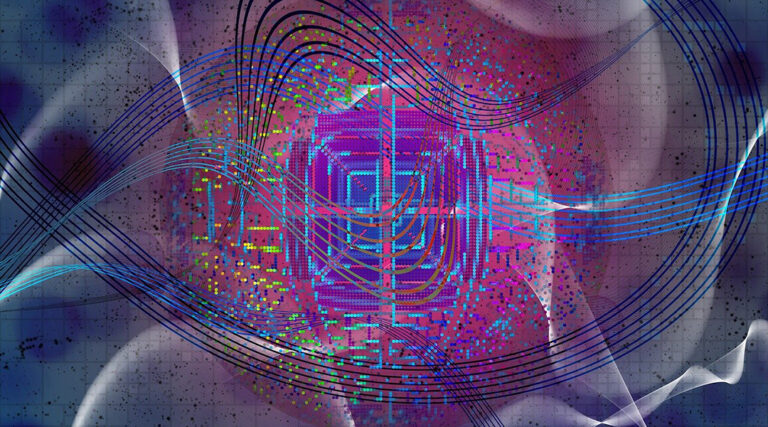

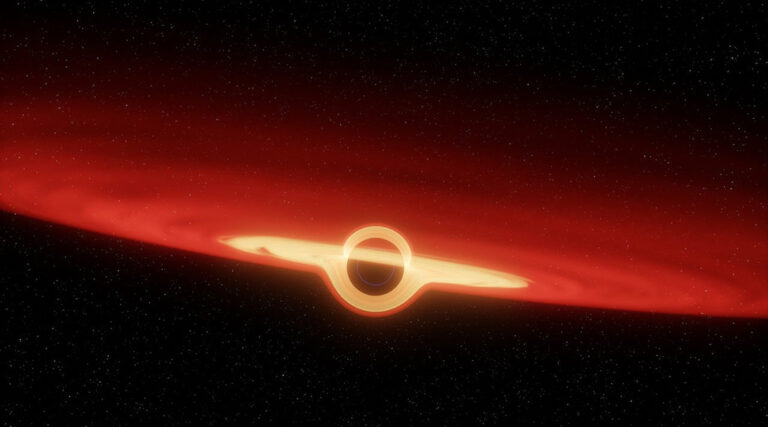
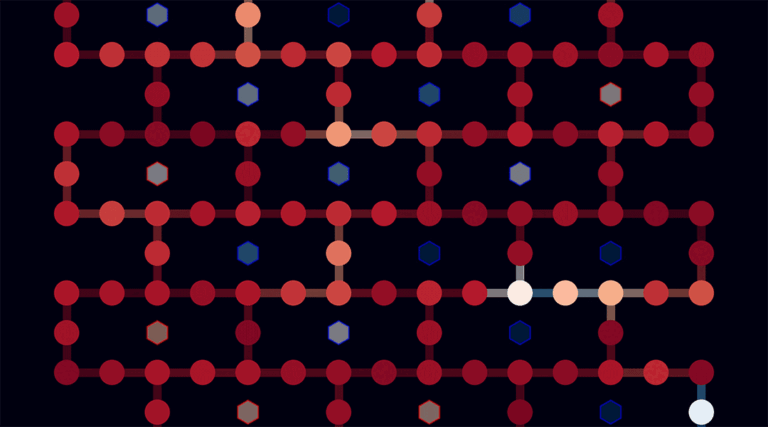
+ There are no comments
Add yours